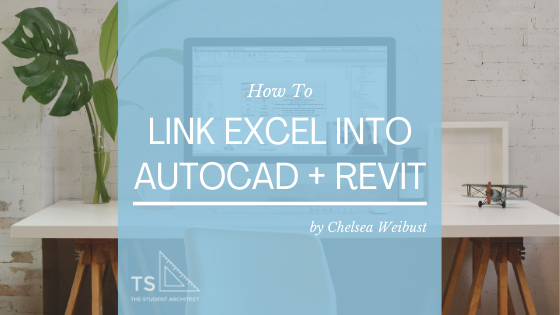Here we'll talk about the differences between Olfa and X-Acto knives, when you might want to use each one, and how to stay safe using them.
Video Transcript
Hey happy Sunday!
I'm Chelsea from TheStudentArchitect.com which is an online space for architects and architecture students. And there you'll find a variety of resources like helpful guides, online courses, blog posts, and all sorts of things. So again, check out TheStudentArchitect.com for more information.
Today we're gonna talk about the difference between X-Acto knives and Olfa knives.
And cue the Jennifer's Body clip.
"Do you know what this is for? Huh? It's for cutting boxes."
"Do you buy all your murder weapons at Home Depot? God, you're butch."
I just had to show that clip. It's a little too relevant for the time of the year and the subject that we're discussing today. So I just wanted to give a little shoutout to pretty much the only horror movie that I can watch, and it's only because it's a comedy horror movie. So, shoutout to Jennifer's Body!
So today we're gonna talk about the difference between olfa knives and x-acto knives. So first, let's start with the olfa knife. So this is the olfa knife that I have and it's basically a utility knife. So it's used for cutting things that are a little bit thicker., so things like chipboard, cardboard, thinner pieces of wood, and things like that.
And then we have the x-acto knife. So, as is kind of implied in the name, it’s for when you want to be a little more exact, a little bit more precise, and if you're cutting thinner materials. So things like paper, or even if you wanted to score your chipboard or cardboard to make it a little bit easier to make bends in the material.
If you want to score more thicker or tougher materials such as plexiglass, then you'll probably want to use an olfa knife for a task like that.
So one thing that you always want to keep in mind when you're using knives like this, is that you always want to use a sharp blade. And that might sound a little contrary to what you might think but actually if you're using a duller blade, then it makes it easier for your knife to skip over the material that you're cutting, and it makes it a lot more likely that you might cut yourself or make a mistake. So you always want to be changing your blades frequently and make sure that you're always using a sharp blade.
Another thing that you can do to make sure that you're staying safe is to use a straight edge ruler, and that's something that we'll cover in another video, but it's something that I want you to keep in mind.
Also, always make sure to retract or take out the blades when you're not using them. So, for a utility knife, they'll usually have a lever here to push up or down to retract or detract your blade. And then for an x-acto knife, you'll usually have a blade that will actually come out of the holder. So this one in particular you just spin the top here and you can pull the blade out, and then you can store it in your blade storage container. Voila!
So I really hope that you found this video helpful and if you did, please hit that LIKE button. And if you haven't subscribed yet, go ahead and SUBSCRIBE! It really helps out my channel and it lets YouTube know that you like videos like this and they'll show you more of them.
I really hope you have a great day, and I'll see you next Sunday!
Happy working!
♥ Chelsea
























This week is all about cutting mats! What they are, how to use them, and what qualities to look out for when choosing the right mat for your needs.